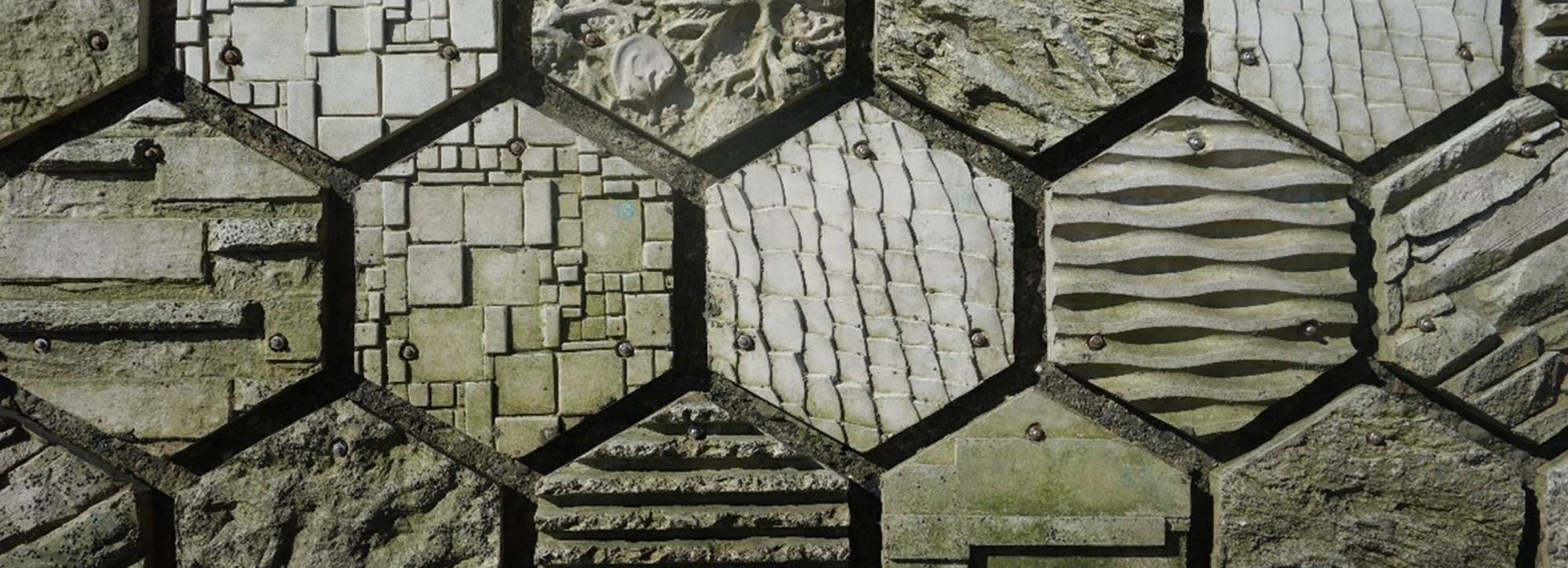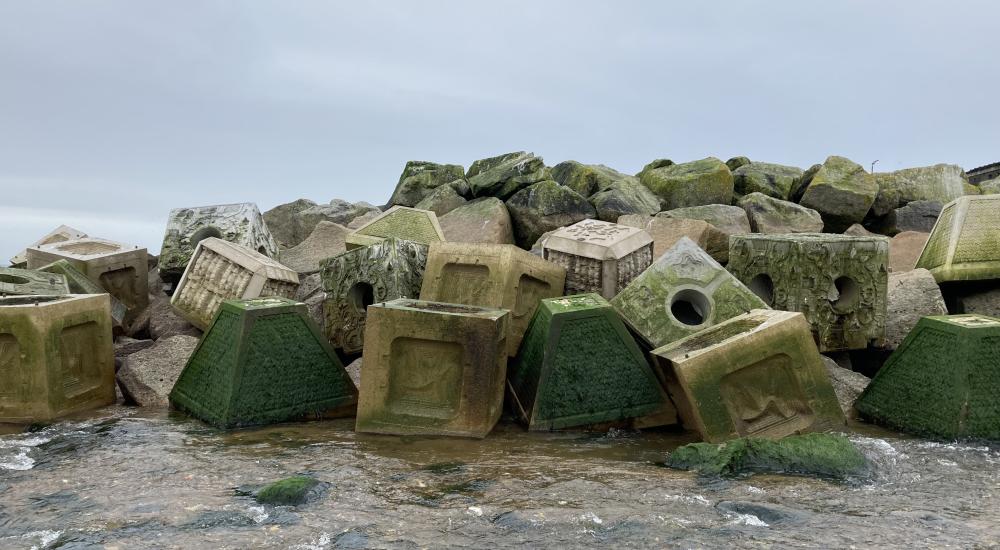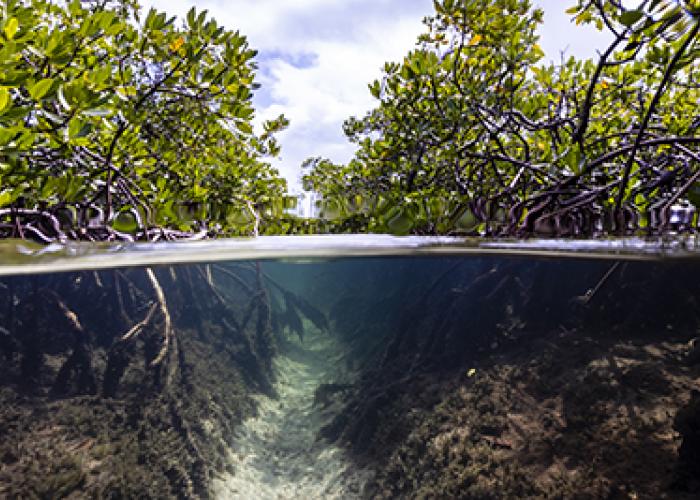
Greening coastal infrastructure
We are leading the development of new CIRIA guidance to explore how typical hard engineered coastal assets can be adapted to boost biodiversity and enhance ecosystems in the marine environment. Greening coastal infrastructure through eco-engineering aims to show the value and impact of eco-engineering, and the role it can play as part of a broader asset management strategy.
Ecological limitations of traditional approaches
Conventionally designed coastal infrastructure, with smooth and level surfaces, offers limited habitat complexity, and can encourage low-diversity opportunistic and invasive species to dominate.
Over the past two decades, international research has trialled innovative ways to adapt engineered coastal assets to boost biodiversity and ecosystem function in coastal and estuarine ecosystems via ecological enhancement (known as ‘eco-engineering’).
Despite growing evidence, however, coastal practitioners need further support to inform decision-makers and to facilitate the use of eco-engineered designs over, or in combination with, more traditional approaches.
New approaches can deliver ecological benefits
By implementing evidence-based, cost-effective design enhancements that follow the principles of ecological engineering, it is possible to modify structural designs to encourage marine life, achieve greater biodiversity and species richness, delivering benefits to ecological functioning and service provision.
HR Wallingford is developing the CIRIA Greening coastal infrastructure through eco-engineering guidance in collaboration with co-authors, including HAEDES and Royal HaskoningDHV.
The guide aims to demonstrate the value and impact of eco-engineering, clarifying its role as part of an asset management strategy from an engineering, asset management and biodiversity perspective. It draws on existing research and experience from eco-engineering projects in practice and includes case studies to illustrate the range of potential techniques and approaches that can be used.

Practical guidance for practitioners
The guidance provides information for practitioners to build a successful business case for eco-engineering techniques, and long-term monitoring of the ecological and wider co-benefits of greening the grey.
Coastal practitioners will be able to use the guide to:
- Learn more about eco-engineering in a coastal context, the key principles behind it, and how it can be used within coastal infrastructure.
- Assist in the planning of business cases by detailing key information that should be considered when proposing plans to decision-makers.
- Learn about the benefits and challenges through real case studies of eco-engineering techniques.
- Reinforce eco-engineering as an initial option in future coastal protection schemes.
Greening the grey
Eco-engineering techniques are recommended in circumstances where no other more natural, nature-based solutions to coastal flood and erosion risk are considered socially or economically feasible. For example, in urbanised coastal locations, where planned retreat to adapt to our changing climate is not the preferred policy option, use of eco-engineering approaches to ‘green the grey’ could contribute heavily to the UK challenge of increasing the multifunctionality and sustainability of hard structures.
Using these eco-engineering techniques can enlarge the multifunctional value of coastal protection beside its human safety priorities, by improving biodiversity and other ecosystem services, for example, maintenance of water quality, carbon sequestration and fisheries productivity, as well as social and amenity value.
The guidance is expected to be published Q3 2024 and has already received endorsement by the UN Ocean Decade, an initiative which provides an international framework for coordination and partnerships that will strengthen marine science solutions for sustainable development.
For more information or to get involved, please contact our project lead or Jack Young, CIRIA's project manager.
Banner image courtesy of Blue Cube Marine.
Want to know more?
Contact our project lead


